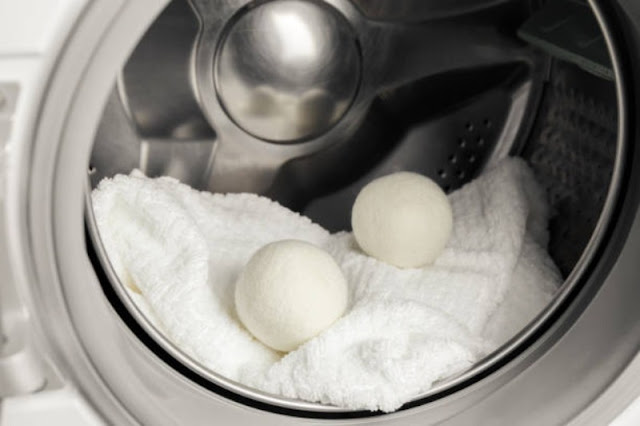Water-Saving Fabric Production

Water-Saving Fabric Production: A Beauty that Conserves
Introduction
Sustainability has become a critical concern across
industries in today's environmentally conscious world. The fashion and textile
industry plays a significant role due to its massive water consumption and
pollution. The demand for eco-friendly and water-saving fabric production
methods has intensified as consumers seek to reduce their environmental
footprint while enjoying beautiful, high-quality clothing. This article
explores the innovations and practices that have emerged in the fashion industry
to promote water-saving fabric production, highlighting the inherent beauty in
preserving our precious water resources.
The Fashion Industry's Water Footprint
The fashion industry has a substantial impact on water
resources through various stages of production. From growing raw materials such
as cotton to dyeing and finishing processes, immense volumes of water are
consumed and often polluted with harmful chemicals. This reckless water use severely
affects ecosystems and communities reliant on the same water sources.
The Urgent Need for Water-Saving Fabrics
As the environmental consequences of conventional textile
production become more apparent, consumers and industry stakeholders have
demanded sustainable alternatives. This demand has fueled the emergence of
water-saving fabric production methods that reduce water consumption and
minimize pollution without compromising beauty and quality.
Sustainable Material Choices
Water-saving fabric production begins with choosing sustainable
materials. Designers and manufacturers are now exploring organic and recycled
fibers that require less water in their cultivation and processing. Hemp,
organic cotton, and recycled polyester are gaining popularity as
water-efficient alternatives to traditional materials.
Waterless Dyeing Techniques
Dyeing processes are notorious for their massive water usage
and chemical contamination. However, technological advancements have led to the
development of waterless dyeing techniques. One such innovation is digital
printing, where color is directly applied to the fabric using
computer-controlled processes, eliminating the need for excessive water.
Closed-Loop Water Systems
Another remarkable development in water-saving fabric
production is the implementation of closed-loop water systems. These systems
recycle and reuse water throughout the show, significantly reducing water
consumption and pollution. Additionally, wastewater treatment technologies are
employed to ensure that the discharged water is safe for the environment.
Sustainable Finishing Processes
The finishing stage of fabric production often involves chemical treatments that demand copious amounts of water. Sustainable finishing processes focus on using natural alternatives and reducing water usage. Innovative methods, like plant-based and laser finishing, have emerged as more eco-friendly options.
Water-Saving Technologies in Spinning and Weaving
Spinning and weaving, crucial steps in fabric production,
have also witnessed advancements in water-saving technologies. High-tech
spinning machines now optimize water usage, and innovative looms have been
designed to minimize water waste during weaving, producing fabrics more
efficiently and sustainably.
Water-Efficient Garment Care
Beyond fabric production, consumers play a vital role in
preserving water resources. Adopting water-efficient garment care practices,
such as washing clothes in full loads and using cold water, can significantly
reduce water consumption over the lifetime of a garment.
Designing with Water Conservation in Mind
Water-saving fabric production begins with the initial
design phase. Fashion designers are now encouraged to consider water
conservation a fundamental aspect of their creative process. Designers can
contribute to a more sustainable and beautiful fashion industry by choosing water-efficient
materials and manufacturing methods.
Conclusion
Water-saving fabric production represents an essential
aspect of the ongoing sustainability revolution in the fashion industry. The
industry can significantly decrease its environmental impact by adopting
eco-friendly materials, innovative production techniques, and water-saving
technologies while producing beautiful, high-quality clothing. As consumers
become more conscious of their choices, supporting water-saving fabric
production is a commitment to beauty and preserving our planet's most precious
resource - water. Together, these efforts can drive a more sustainable and
thriving fashion industry for generations.



Comments
Post a Comment